Moscow is the capital of Russian Federation and is located in the far west of the country on the river Moskva. It has a population of 11,273,400. Already the most populous city in Europe, Moscow continues to grow. As well as being a thriving economic centre (boasting more billionaires than any other city in the world), Moscow is also a centre of the arts. The city enjoyed a golden age of literature in the 19th century when Puskhin, Chekhov, Gogol, Turgenev, Dostoevsky and Tolstoy all worked here.
TOP 10 MOSCOW ATTRACTIONS
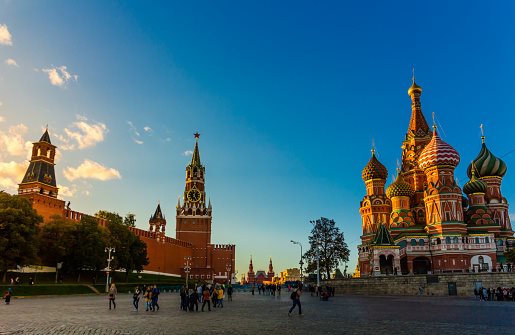 KREMLIN
KREMLIN
This is the domain of officialdom, which visitors will perceive immediately. The atmosphere is befitting Russia’s authoritarian image: the powerful Kremlin walls, the stately buildings and the proliferation of police emphasise the idea that this regime takes itself seriously (as have all regimes that have ruled fr om the Kremlin). Nonetheless, this is the area wh ere visitors to Moscow spend most of their time, and rightly so. The historical significance and architectural magnificence of this 1-sq-km space is truly awe inspiring.
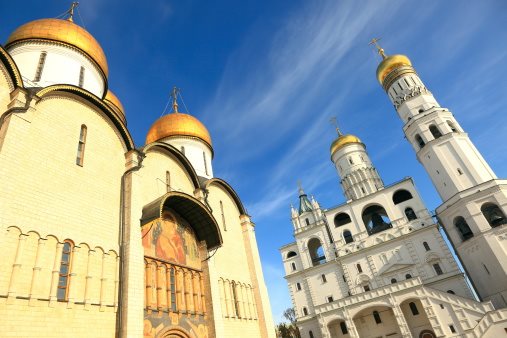 ASSUMPTION CATHEDRAL
ASSUMPTION CATHEDRAL
With its five golden helmet domes and four semicircular gables facing the square, the Assumption Cathedral (Uspensky sobor) was the focal church of prerevolutionary Russia, and the burial place of most of the heads of the Russian Orthodox Church from the 1320s to 1700. A striking 1660s fresco of the Virgin Mary faces Sobornaya pl, above the door once used for royal processions. If you have limited time in the Kremlin, come straight here. The visitors’ entrance is at the western end.
 ARMOURY
ARMOURY
The Armoury dates back to 1511, when it was founded under Vasily III to manufacture and store weapons, imperial arms and regalia for the royal court. Later it also produced jewellery, icon frames and embroidery. During the reign of Peter the Great all craftspeople, goldsmiths and silversmiths were sent to St Petersburg, and the armoury became a mere museum storing the royal treasures. Despite the disasters that have befallen this collection throughout the centuries, the Armoury still contains plenty of treasures for ogling, and remains a highlight of any visit to the Kremlin.
 TEREM PALACE
TEREM PALACE
The 16th- and 17th-century Terem Palace (Teremnoy dvorets) is the most splendid of the Kremlin palaces. Made of stone and built by Vasily III, the palace’s living quarters include a dining room, living room, study, bedroom and small chapel. Catch a glimpse of its cluster of 11 golden domes and chequered roof behind and above the Church of the Deposition of the Robe.
 DIAMOND FUND EXHIBITION
DIAMOND FUND EXHIBITION
If the Armoury hasn’t sated your lust for diamonds, there are more in the separate Diamond Fund Exhibition in the same building. The collection, mainly precious stones and jewellery garnered by tsars and empresses, includes such weighty beasts as the 190-carat diamond given to Catherine the Great by her lover Grigory Orlov.
 THE STATE MUSEUM
THE STATE MUSEUM
The State History Museum has an enormous collection covering the whole Russian empire from the time of the Stone Age. The building, dating from the late 19th century, is itself an attraction – each room is in the style of a different period or region, some with highly decorated walls echoing old Russian churches. Reopened in 1997, each year sees the addition of a few more Galleries.
 BOLSHOI THEATRE
BOLSHOI THEATRE
Theatre Square anchors ul Petrovka with its three grand theatres surrounding a wide plaza and flowing fountain. The centrepiece, of course, is the world-renowned Bolshoi Theatre. The present pink-and-white beauty was built in 1824, replacing the Petrovka Theatre that previously stood on this site.This historic theatre saw the premier of Tchaikovsky’s Swan Lakein 1877 and The Nutcracker in 1919.
 ICE SCULPTURE GALLERY
ICE SCULPTURE GALLERY
Ice sculpture has a long history in Russia,but it’s not usually a year-round attraction.Until now. Cool off in the first-ever year-round Ice Sculpture Gallery, which is housed in a refrigerated winter-wonderland tent at the west end of Krasnaya Presnya Park. The changing exhibit is small but spectacular – the frozen masterpieces enhanced by colourful lights and dreamy music. Sculptures have depicted elaborate scenes from Russian fairytales, which changes on a biannual basis.
 GORKY PARK
GORKY PARK
Part ornamental park, part fun fair, Gorky Park is one of the most festive places in Moscow – a perfect way to escape the hubbub of the city. Officially the Park Kultury (Park of Culture), it’s named after Maxim Gorky. The park stretches almost 3km along the river, upstream of Krymsky most. Inside, Gorky Park has a small Western-style amusement park, which features two roller coasters and almost a dozen other terror-inducing attractions (that is, aside from the view of the Peter the Great statue). Space buffs can shed a tear for the Buran,the Soviet space shuttle that never carried anyone into space. In winter the ponds are flooded for skating and tracks are made for cross-country skiing.
 MOSCOW MUSEUM OF MODERN ART
MOSCOW MUSEUM OF MODERN ART
A pet project of the ubiquitous Zurab Tsereteli, this museum is housed in a classical 18th-century merchant’s home, originally designed by Matvei Kazakov (architect of the Kremlin Senate). It is the perfect light-filled setting for an impressive collection of 20th-century paintings, sculptures and graphics, which includes both Russian and foreign artists. The highlight is the collection of avant-garde art, with works by Chagall, Kandinsky and Malevich. Unique to this museum is its exhibit of ‘nonconformist’ artists from the 1950s and ‘60s – those whose work was not acceptable to the Soviet regime. Be sure not to bypass the whimsical sculpture garden in the courtyard.
FOR ALL OF YOU THAT WILL DECIDE TO COME TO MOSCOW FOR HAIR TRANSPLANTATION FROM ABROAD HFE CLINIC IS IN THE PLEASANT POSITION TO OFFER YOU ON COMPLIMENTARY BASIS THE FOLLOW:
*FU ( Follicle units ):groups of 1 to 3 hairs
**(PRP):The aim of the procedure is to stimulate transplanted hair follicles and “switch” them into active growth phase. It is a unique method of using the resources of your own body to improve the healing process in the soft tissue. The concentrated, platelet-rich plasma is prepared from the patients’ own blood using a special centrifugal system at our hair clinic. This is why PRP therapy effectively impacts the healing of post-operational wounds and stimulates hair growth and hair thickness after a hair transplant.
In order to find out how much your hair implant procedure will cost, you must send your details (photos) by e-mail info@hfe-hfe.com (English Speaking) info@hfe-hfe.ru (Russian Speaking). Τhen the doctor can estimate the price by evaluating the photos. HFE Clinic have treated thousands of people with hair loss problems. We are proud of ourselves providing our clients with natural results and excellent hair.


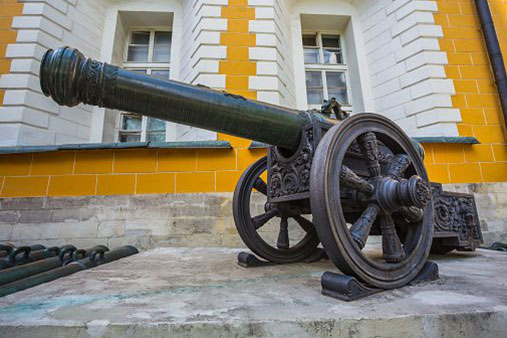 ARMOURY
ARMOURY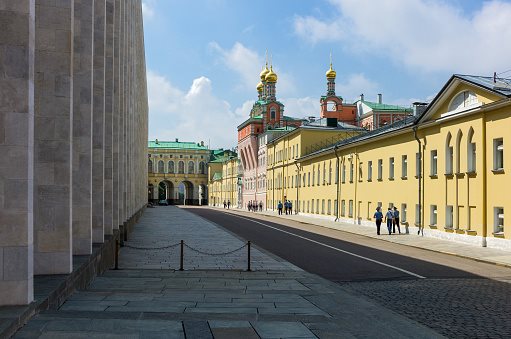 TEREM PALACE
TEREM PALACE DIAMOND FUND EXHIBITION
DIAMOND FUND EXHIBITION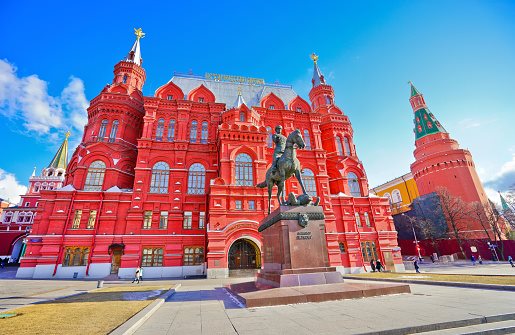 THE STATE MUSEUM
THE STATE MUSEUM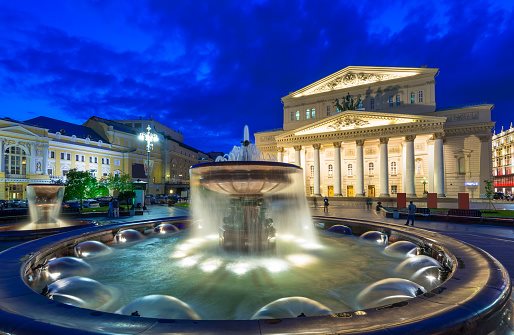 BOLSHOI THEATRE
BOLSHOI THEATRE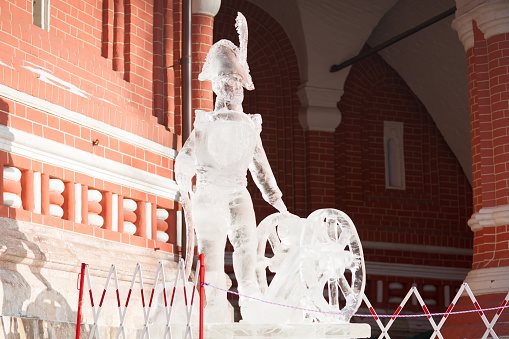 ICE SCULPTURE GALLERY
ICE SCULPTURE GALLERY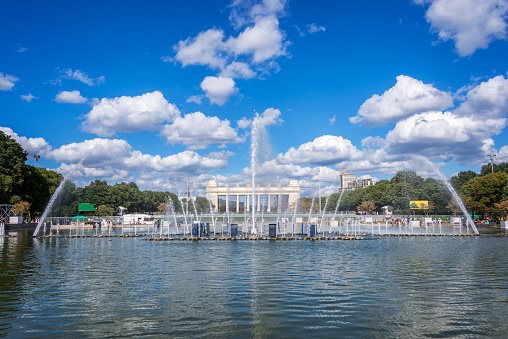 GORKY PARK
GORKY PARK MOSCOW MUSEUM OF MODERN ART
MOSCOW MUSEUM OF MODERN ART